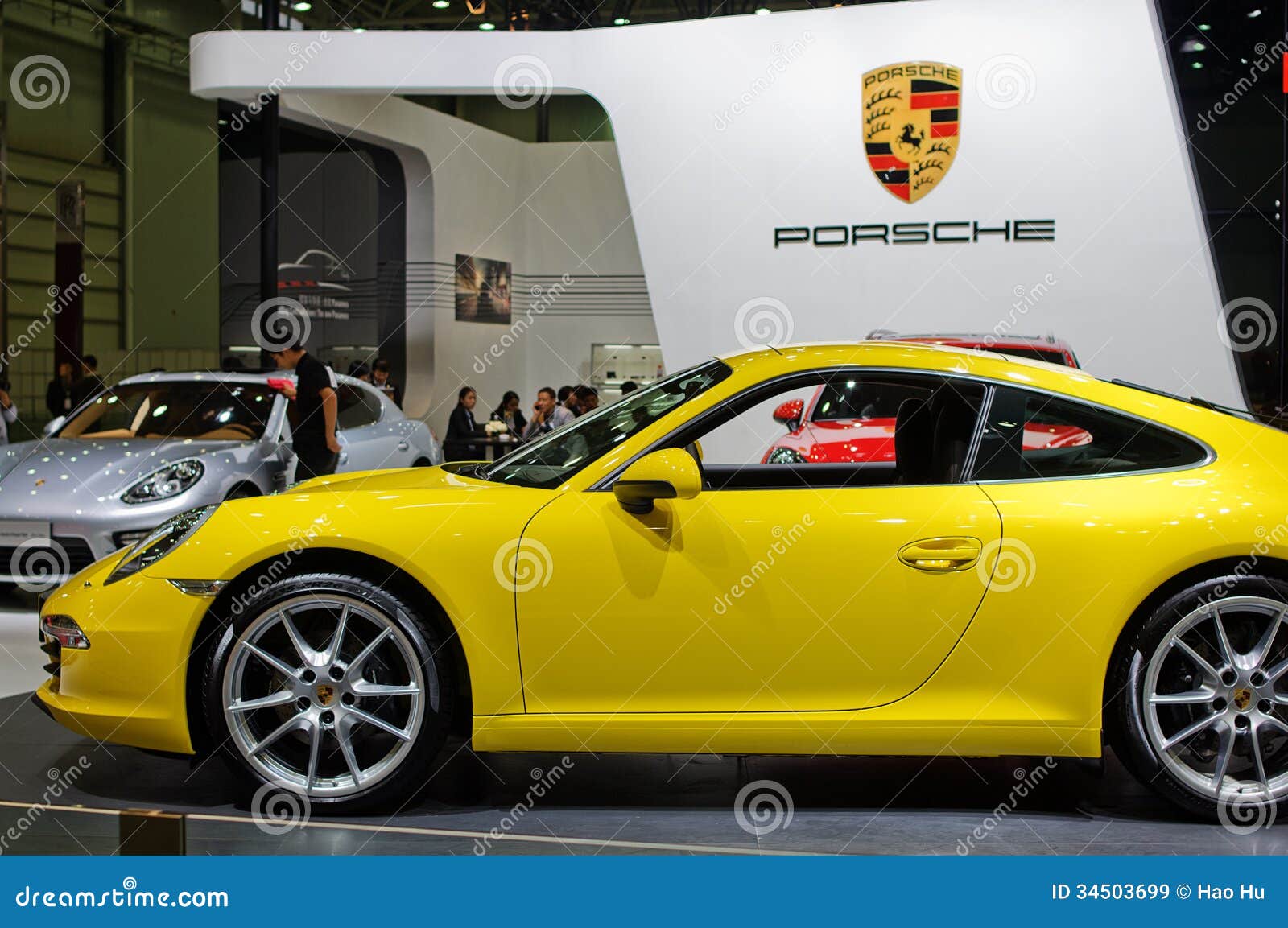Growth And Obstacles: BMW, Porsche, And The Chinese Automotive Market Reality

Table of Contents
BMW's Strategy in the Chinese Market
Successes and Market Share
BMW enjoys a significant market share in China's luxury segment. This success stems from a multifaceted strategy. Strong brand recognition and established customer loyalty provide a solid foundation. BMW's localization efforts have been key; they've introduced localized models specifically tailored to Chinese consumer preferences and launched marketing campaigns resonant with local culture. Furthermore, a vast and strategically placed dealership network across diverse regions in China ensures accessibility.
- Leveraging digital marketing channels: BMW effectively uses online platforms to reach younger, digitally savvy consumers.
- Strong after-sales service and maintenance network: Exceptional customer service contributes significantly to brand loyalty and repeat business. This is particularly important in the luxury car market China.
Challenges and Obstacles
Despite its successes, BMW faces considerable challenges in the Chinese automotive market. Intense competition from both established domestic brands and other international players creates a highly contested environment. The pressure to electrify is immense, as consumer preferences shift towards electric vehicles (EVs) in China. This requires substantial investment in EV technology and infrastructure.
- Navigating complex regulatory environments and import tariffs: Understanding and complying with China's ever-changing regulations is crucial, particularly concerning import tariffs that can significantly impact profitability.
- Maintaining brand prestige while offering competitive pricing: Balancing exclusivity with affordability in a price-sensitive market is a delicate act.
- Responding to shifts in consumer preferences towards digital experiences and online sales: The increasing reliance on online platforms for research and purchase necessitates a strong digital presence.
Porsche's Approach to the Chinese Market
Market Penetration and Brand Positioning
Porsche has focused on maintaining its brand exclusivity and prestige in China. Their marketing emphasizes luxury, performance, and the brand's rich heritage. The successful introduction of SUV models, catering to the growing popularity of SUVs in the Chinese luxury car market, has broadened their appeal. Porsche prioritizes personalized customer experiences, fostering a strong sense of exclusivity and loyalty.
- Effective use of social media and influencer marketing: Porsche leverages social media platforms and influencer collaborations to reach affluent Chinese consumers effectively.
- Investment in charging infrastructure: Recognizing the growing importance of EVs, Porsche invests in charging infrastructure to support their EV offerings.
Challenges and Growth Limitations
Porsche's high price point, while maintaining its brand image, limits its market reach compared to more affordable competitors. Adapting to the rapid technological advancements demanded by Chinese consumers, particularly regarding connectivity and in-car technology, presents another significant challenge.
- Competition from other high-end luxury brands: The Chinese luxury car market is crowded, with intense rivalry from other established brands.
- Maintaining supply chain efficiency and managing import costs: A reliable and efficient supply chain is vital to meet demand and manage costs effectively.
- Balancing brand heritage with the need to innovate and adopt new technologies: Preserving the brand's legacy while embracing innovation is crucial for long-term success.
Overall Challenges in the Chinese Automotive Market
Government Regulations and Policies
The Chinese government plays a significant role in shaping the automotive market. Strict emission standards and environmental regulations are driving the shift towards electric and new energy vehicles (NEVs). Government incentives for NEVs and policies aimed at boosting domestic automakers create a complex regulatory landscape.
- Navigating complex bureaucratic processes and approvals: The process of obtaining necessary approvals and licenses can be lengthy and challenging.
Consumer Preferences and Trends
Chinese consumer preferences are constantly evolving. The growing demand for SUVs and electric vehicles is undeniable. Technology and connectivity are paramount; consumers expect advanced features and seamless integration with their digital lives. Brand reputation and after-sales service significantly influence purchasing decisions.
- Impact of social media and online reviews on purchase decisions: Online reviews and social media heavily influence consumer perceptions and purchasing choices.
Conclusion
The Chinese automotive market presents a complex and dynamic landscape for international brands like BMW and Porsche. Both have achieved significant success, but navigating the challenges—from stringent government regulations to rapidly shifting consumer preferences—demands agile strategies and constant adaptation. Understanding the nuances of the Chinese consumer, investing in localized operations, and embracing technological innovation are crucial for long-term success in this vital market. To delve deeper into the specific strategies employed by these and other major players, further research into the Chinese automotive market is highly recommended.

Featured Posts
-
 Tensions Escalate Tory Chairmans Confrontation With Reform Uk On Populism
May 03, 2025
Tensions Escalate Tory Chairmans Confrontation With Reform Uk On Populism
May 03, 2025 -
 Daisy May Coopers Job Loss The Actresss Confession Of Theft
May 03, 2025
Daisy May Coopers Job Loss The Actresss Confession Of Theft
May 03, 2025 -
 Winter Storm Warning Four Or More Inches Of Snow Tuesday Dangerous Cold
May 03, 2025
Winter Storm Warning Four Or More Inches Of Snow Tuesday Dangerous Cold
May 03, 2025 -
 Annual Donkey Roundup Rocks Southern California Community
May 03, 2025
Annual Donkey Roundup Rocks Southern California Community
May 03, 2025 -
 Local Elections 2024 Assessing The Reform Partys Prospects Under Farage
May 03, 2025
Local Elections 2024 Assessing The Reform Partys Prospects Under Farage
May 03, 2025
